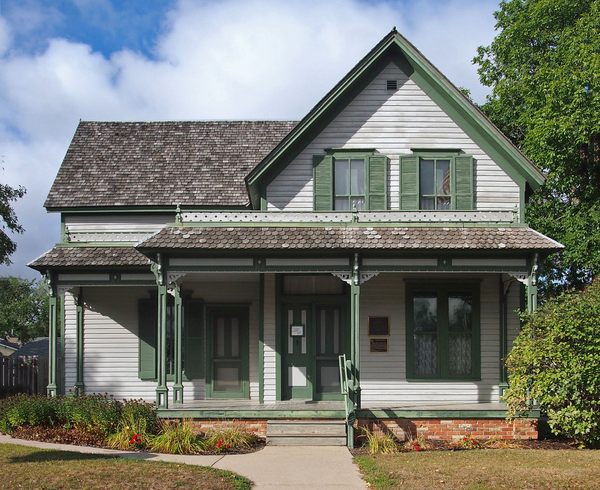Statue of Byrhtnoth in Maldon, England
The statue of Byrhtnoth on Maldon’s promenade walk honors the bravery and courage of one of medieval England's greatest heroes. Byrhtnoth was a 10th-century Anglo-Saxon Ealdorman, appointed by the king, and responsible for law, order, and justice in Essex. In 991, Byrhtnoth led his English army against the Vikings (often referred to as the Danes) in the Battle of Maldon. The battle was immortalised in the Old English poem of the same name and it is this poem that provides much of what is now known about the battle and its subjects. Byrhtnoth’s name is composed of the Old English words beorht ("bright") and noþ ("courage"). Over six feet tall, Byrthnoth is described as having "swan-white hair," and would have been around sixty years of age during the battle. The story goes that Byrhtnoth honorably invited the attackers to fight on dry land rather than the deep mud in which they were floundering. In the poem, it's said that it took three men to kill Byrhtnoth, since he continued to fend off attacks until his sword arm was all but hacked off. At the end of the Maldon promenade walk, facing the battle site on Northey Island and the causeway, the 9-foot statue shows Byrhtnoth raising his sword and bearing his shield, ready to defend Maldon and the wider kingdom. The statue is accompanied, around its base, by Byrhtnoth’s final prayer as recorded in The Battle of Maldon poem: "Grant me Lord Thy grace." Local sculptor, John Doubleday, created the sculpture in 2006. It was inaugurated, in an act of diplomacy over a thousand years later, by Lord Petre, the Lord Lieutenant of Essex, and H.E. Mr. Bjarne Lindstrøm, the Norwegian ambassador.


The statue of Byrhtnoth on Maldon’s promenade walk honors the bravery and courage of one of medieval England's greatest heroes. Byrhtnoth was a 10th-century Anglo-Saxon Ealdorman, appointed by the king, and responsible for law, order, and justice in Essex.
In 991, Byrhtnoth led his English army against the Vikings (often referred to as the Danes) in the Battle of Maldon. The battle was immortalised in the Old English poem of the same name and it is this poem that provides much of what is now known about the battle and its subjects.
Byrhtnoth’s name is composed of the Old English words beorht ("bright") and noþ ("courage"). Over six feet tall, Byrthnoth is described as having "swan-white hair," and would have been around sixty years of age during the battle.
The story goes that Byrhtnoth honorably invited the attackers to fight on dry land rather than the deep mud in which they were floundering. In the poem, it's said that it took three men to kill Byrhtnoth, since he continued to fend off attacks until his sword arm was all but hacked off.
At the end of the Maldon promenade walk, facing the battle site on Northey Island and the causeway, the 9-foot statue shows Byrhtnoth raising his sword and bearing his shield, ready to defend Maldon and the wider kingdom.
The statue is accompanied, around its base, by Byrhtnoth’s final prayer as recorded in The Battle of Maldon poem: "Grant me Lord Thy grace."
Local sculptor, John Doubleday, created the sculpture in 2006. It was inaugurated, in an act of diplomacy over a thousand years later, by Lord Petre, the Lord Lieutenant of Essex, and H.E. Mr. Bjarne Lindstrøm, the Norwegian ambassador.
What's Your Reaction?



























:quality(85):upscale()/2024/01/25/878/n/1922153/f94f61ec65b2bf18018990.47538761_.jpg)

:quality(85):upscale()/2024/01/26/751/n/1922153/6bd241b765b3e57a0c5559.91495665_.png)
:quality(85):upscale()/2024/01/26/759/n/29590734/b7f6660b65b3e8460d7196.77057039_.jpg)













